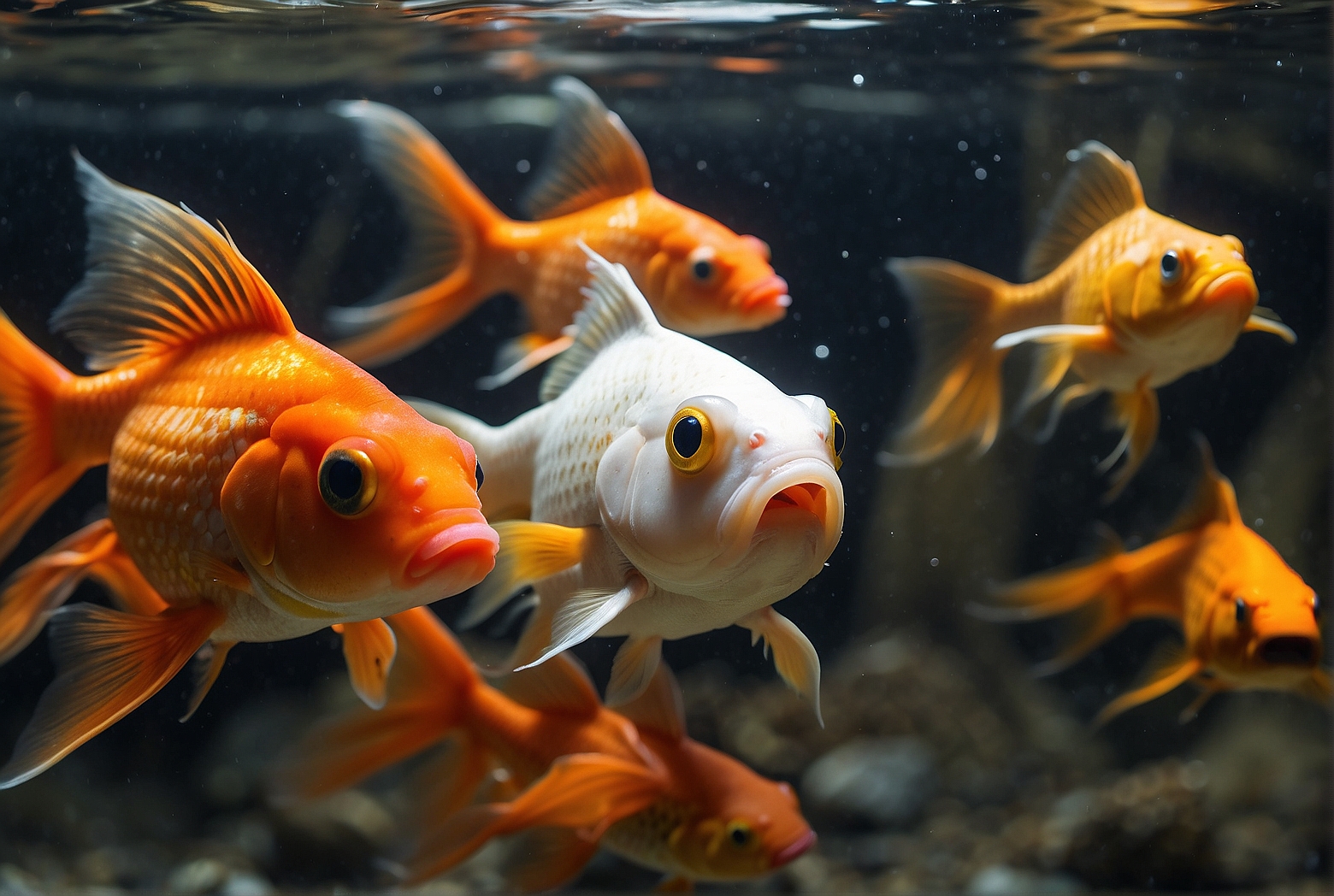Did you know that goldfish, those vibrant and graceful creatures swimming in our aquariums, can occasionally have an appetite for other fish? While goldfish are generally peaceful and content with their flakes or pellets, there have been instances where they display carnivorous tendencies. This intriguing behavior prompts the question: can goldfish really eat other fish? In this article, we will explore the fascinating world of goldfish dining habits and uncover the truth behind this curious phenomenon.
Can Goldfish Eat Other Fish?
Introduction
Goldfish are popular freshwater fish known for their vibrant colors and captivating beauty. These fascinating creatures can bring life to any aquarium or pond. As an owner, it is crucial to understand the feeding habits and dietary needs of goldfish to ensure their overall health and well-being. One common question that arises is whether goldfish can eat other fish. In this article, we will explore the feeding habits of goldfish, discuss their diet, and consider the factors to consider when determining if goldfish can coexist with other fish species.
Feeding Habits of Goldfish
Goldfish have an herbivorous nature, meaning they primarily feed on plant matter. They are known to scavenge for food at the bottom of the aquarium or pond, making them efficient bottom feeders. While feeding, goldfish tend to be active and constantly on the move, searching for any edible particles or organisms.
Goldfish Diet
To provide optimal nutrition for goldfish, it is important to understand their preferred food sources. Goldfish thrive on a balanced diet consisting of both plant-based and protein-rich foods. Commercial goldfish pellets and flakes are readily available and formulated to meet the nutritional needs of these fish. These pellets are typically made from a combination of vegetables, grains, and fishmeal.
Types of Food for Goldfish
Goldfish can also benefit from a varied diet that includes live and frozen foods. Options such as brine shrimp, bloodworms, and daphnia can provide essential protein and help mimic the natural feeding behaviors of goldfish. Additionally, including vegetables and fruits in their diet can offer important vitamins and minerals. Lettuce, peas, and cucumber are popular choices that can be easily incorporated into their meals.
Can Goldfish Eat Other Fish?
Goldfish have been known to exhibit predatory behavior and can consume smaller fish under certain circumstances. However, it is essential to consider several factors before introducing other fish species into your goldfish’s habitat.
Factors to Consider
Size of the Fish
One crucial factor to consider when determining if goldfish can eat other fish is the size of the fish in question. Goldfish are generally larger in size compared to many other freshwater fish species. Therefore, it is important to avoid placing small or delicate fish species that can fit into the goldfish’s mouth.
Compatibility with Goldfish Species
Some goldfish species are more peaceful and better suited to coexist with other fish species, while others may exhibit more aggressive tendencies. It is crucial to research and choose goldfish species that have a reputation for compatibility with other fish to reduce the risk of any potential conflicts.
Aggressiveness of the Goldfish
Each goldfish has its own personality, and some individuals may display more aggressive behavior than others. Observing the temperament of your goldfish and closely monitoring their behavior when introduced to other fish can help determine if they pose a threat.
Risk of Disease Transmission
Introducing new fish into an existing goldfish habitat can also bring the risk of disease transmission. Goldfish are susceptible to various diseases, and introducing new fish without proper quarantine and observation can put their health at risk.
Size of the Fish
When considering the size of the fish, it is crucial to note the limitations that goldfish size imposes. Goldfish can grow to impressive sizes, depending on their species and the conditions they are kept in. Their mouth size is limited, and therefore, they can only consume prey that fits within their mouth. It is important to ensure that any potential prey fish are smaller than the goldfish’s mouth to prevent any accidents or harm to other fish.
Compatibility with Goldfish Species
To promote a harmonious aquarium ecosystem, it is essential to choose goldfish species that have peaceful tendencies and a reputation for compatibility with other fish species. Certain goldfish varieties, such as fantails and orandas, are generally more docile and less likely to pose a threat to other fish. On the other hand, single-tailed varieties, such as common goldfish and comets, are known to be more active and may display territorial behavior.
Conclusion
In conclusion, while goldfish are primarily herbivorous, it is important to consider certain factors before introducing other fish species into their habitat. Understanding the feeding habits and dietary needs of goldfish is crucial in providing them with a healthy and balanced diet. When determining if goldfish can coexist with other fish, considering the size of the fish, compatibility with goldfish species, aggressiveness of the goldfish, and the risk of disease transmission is vital. By taking these factors into account, goldfish owners can create a thriving and harmonious aquarium ecosystem that promotes the well-being of all its inhabitants.
